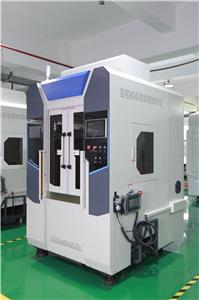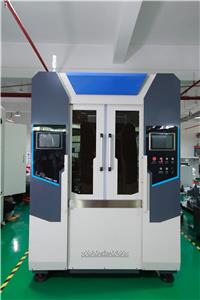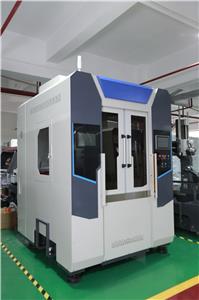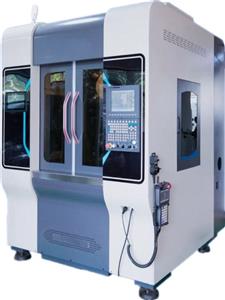- Home
- >
- News
- >
- die casting manufacturing
- >
- Basic principle of die casting process
Basic principle of die casting process
1. Consider the injection pressure: there are fast pressure, filling, pressurization, pressure holding phase, the function is also different. The piston makes the molten metal into the cavity at a slow speed until the cavity is filled.
Packing stage: the injection punch transfers the pressure through the solidifying material and the metal of the intersection part to the cavity, so that the solidifying metal crystallizes under pressure, thereby obtaining a dense structure of the casting, and the length of the holding time is mainly Determined according to the characteristics of the die-casting alloy, the wall thickness of the casting, the casting system, etc.;
Cooling stage: refers to the time from the end of the pressure-preserving to the casting of the casting during the die-casting process.

2. Filling time: adjust the filling time of the die-casting according to the shape of the product, the degree of wall thickness, etc.
Several important parameters in the die casting process of die casting machine we can find that the following parameters have important significance for the quality of the casting: The time that the alloy liquid stays in the cup. The speed of the punch or the acceleration of the punch during the start of the punch during the first shot phase. The transition point from the first injection phase to the second injection phase, that is, the displacement stroke of each injection phase. In the filling process (second stage), the punch acceleration time and filling time. The supercharging pressure and pressurization time of the liquid metal in the mold cavity after filling. Condensation time of the casting in the mold cavity. The main die casting process specifications derived from the above parameters are slow injection speed, high speed (filling process), speed switching position, boost pressure, and cooling time. The slow injection speed is to prevent the alloy liquid from rolling in the cup and the temperature of the alloy liquid is too much to be controlled. At present, the advanced control method is 9-segment slow speed control, which can simulate uniform acceleration motion and roll the pressure chamber. The possibility of gas is reduced to a minimum. The high speed is also called the secondary speed, which is the speed of the punch during the filling process. It is controlled to ensure a good metal atomization flow at the inner gate during the filling process. The recommended data can be checked according to the structure and wall thickness of the casting, and then converted into the moving speed of the punch according to the size of the gate and the size of the pressure chamber. The speed conversion position, also called the two fast switching position, is the meaning of where the punch starts to accelerate, which is accelerated when the cup is completely filled, and also when the alloy liquid reaches the inner gate, and even more in the cavity. Accumulated after filling a part, this must be adjusted according to the characteristics of the product and the defects generated in the production to determine whether the acceleration position is appropriate. The boost has four parameters that need to be controlled.
First, the boost start position,
The second is to build time,
The third is holding time,
The fourth is the size of the boost pressure. The cooling time, that is, the time during which the pressurized end of the casting stays in the cavity, mainly prevents the casting from being completely solidified, opening the mold, and ejecting deformation, and also has an efficiency problem.




